Historical Arms Preservation Society

Kit Ravenshear
Kit Ravenshear was born in Surrey, England in 1930. He began working on guns and restored his first firearm, a boxlock pistol, at age 13. The interest followed him through life.
As an adult, Kit was a 2nd Lt with the Queen's Own Cameron Highlanders. He later served as the Weapons Training Officer in the Argyll & Sutherland Highlander Regiment. After discharge, he served as a police officer in Suffolk and returned to Scotland to work as a salesman.
Throughout this period, he also served as a part time gunsmith until 1962, when he acquired Normans of Framlingham, an old gun business. By 1963, he was admitted into the ranks of Master Gunmaker. Immigrating to Canada in 1971, he settled in Pennsylvannia in 1973.
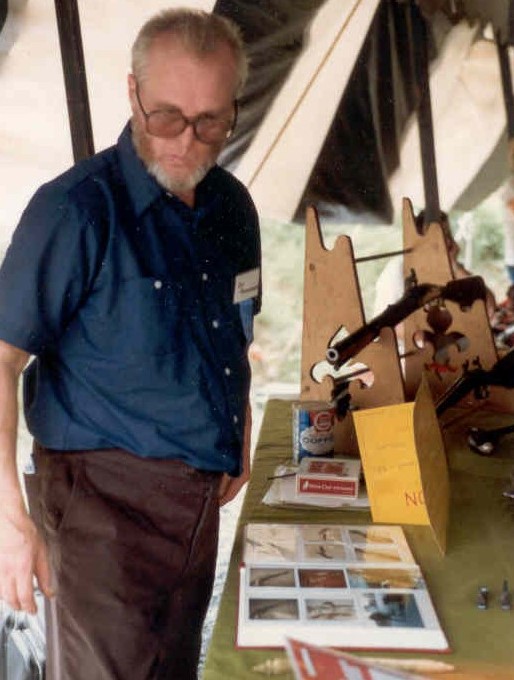
Books
Kit Ravenshear authored several "how-to" booklets for aspiring blackpowder gunsmiths. We have them available for purchase from our store. They are also available from Dixie Gun Works, Track of the Wolf, The Rifle Shoppe, Dixon's Muzzleloading Shop, and other black powder suttlers.
Handbooks for the Antique Guncraftsman
-
Simplified V-Springs - 18 pages
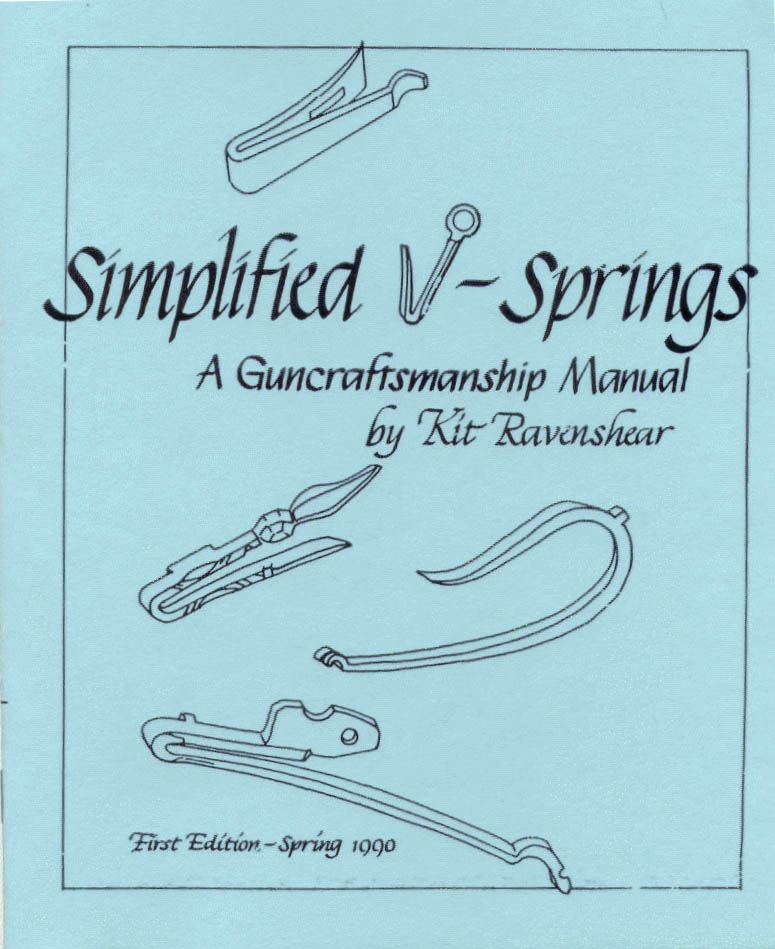
Kit outlines some procedures for forming springs by heating-and-bending (forging) and welding pieces of flat rolled medium-carbon strips. Kit sets out his simplified method of hardening and tempering the spring. “…this is a HEAT TREATMENT”, explains Kit, “but these words make it sound so ’non simple’, as if you had to wear a white lab coat to accomplish the job.”
-
Woodwork Part 1 - 24 pages
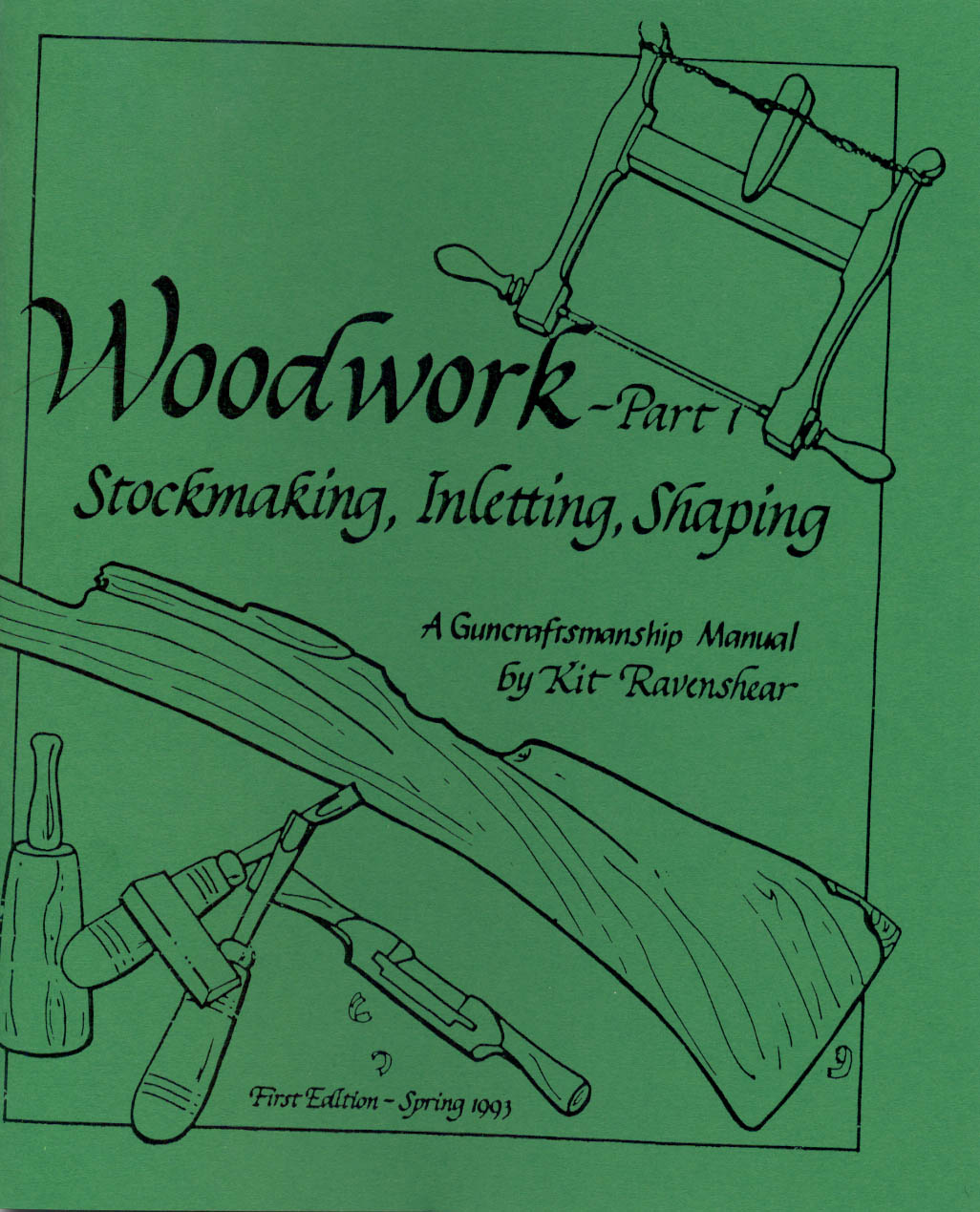
The purpose of this booklet is not to teach the entire trade of woodworking but rather to pass on some simplified techniques involved in gun-stocking. It explains the essential tools and work area necessary to accomplish the task and simple machinery which is required to create a gun stock. Kit explains, “You don’t need a lot of fancy equipment and tools to build a gun and machinery is not essential. In fact, until or unless you set up in a full time business it is quite unnecessary”.
-
Woodwork Part 2 - 28 pages
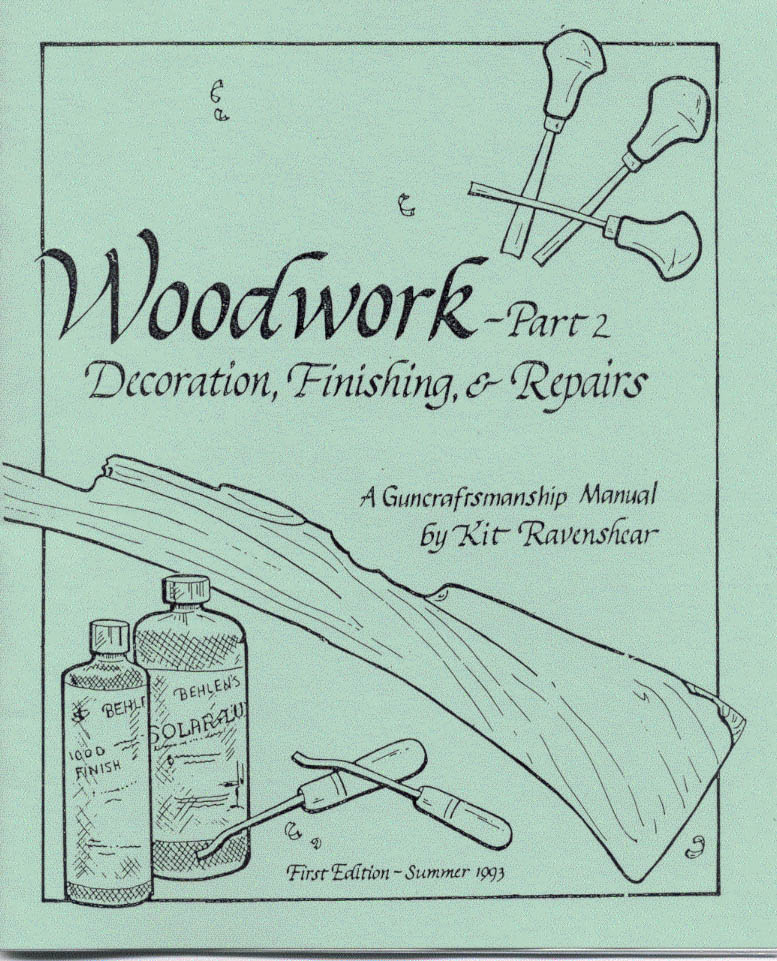
Part 1 of the Woodwork Manual explained some of the steps in making a gunstock, setting up parts and the final shaping. In Part 2, Kit covers some aspects of the decoration of the completed gunstock and some suggestions for stains and finishes. The manual also covers repairs and restorations of stocks of guns in use and old gunstocks, including glues and gluing techniques.
-
Craft and Practice Part 1 - 28 pages
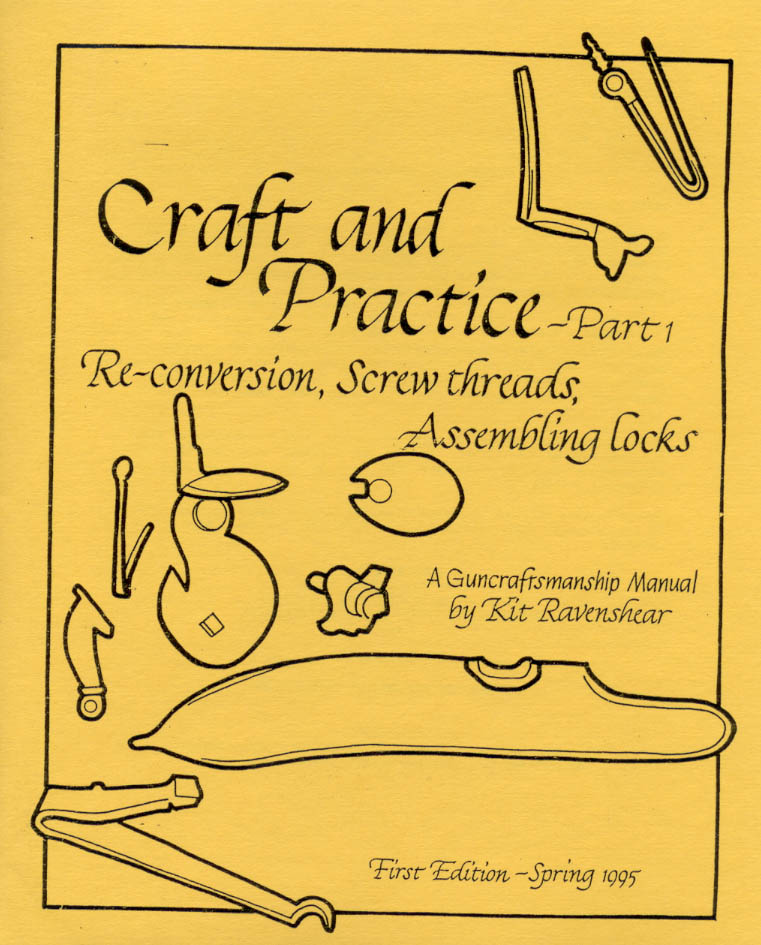
In this booklet, Kit deals with reconversions of old guns starting with the locks, and buying the parts or hand-tooling them. Kit’s craftsmanship is evident as he discusses in detail, working pans, frizzens, flint cocks and finishing touches of restoring and tuning old locks. The booklet goes on to describe fitting mainsprings and completing the lock assembly.
-
Craft and Practice Part 2 - 36 pages
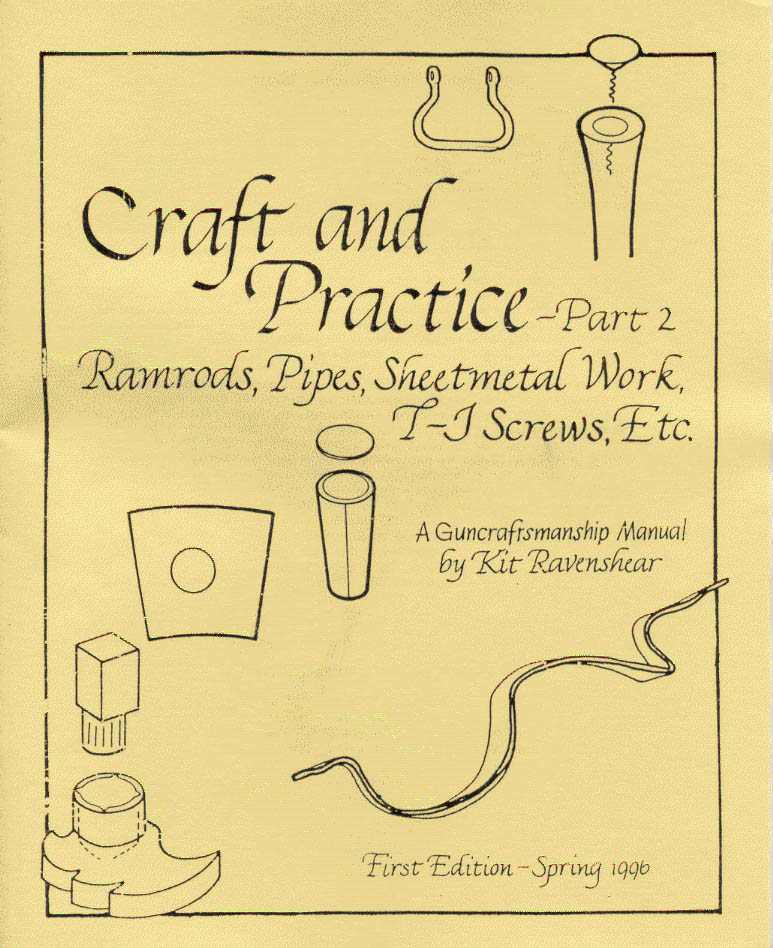
The 2nd of the Craft and Practices manuals addresses bench techniques and is divided onto two sections. The first deals with WOOD and the second with METAL. The wood section has information on jigs, dies and other supporting devices – while the metal section deals with entry pipes, butt plates, trigger guards, nose caps and pommels made from sheet metal.
-
Metalwork Part 1 - 22 pages
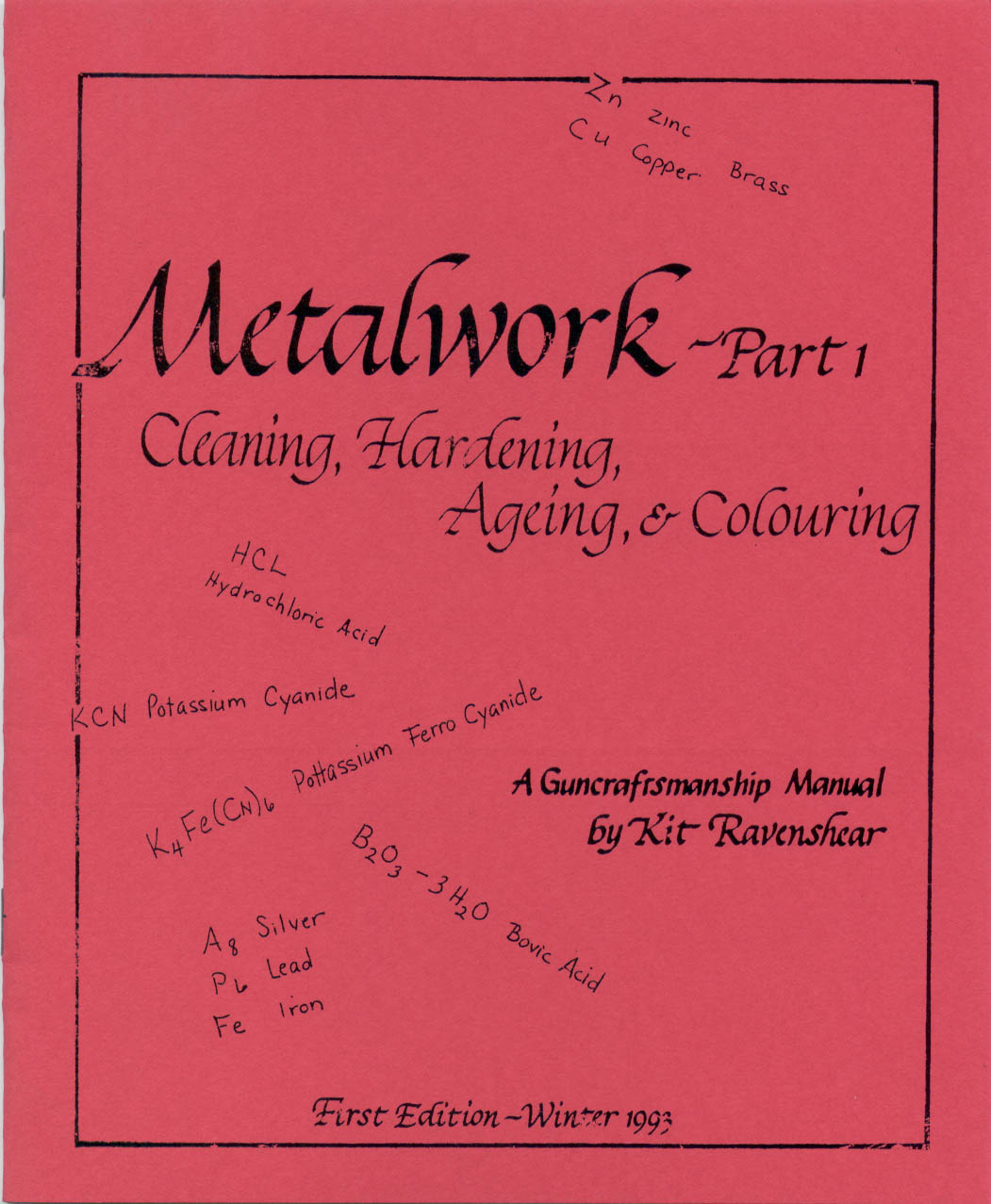
This manual covers CLEANING & POLISHING, HARDENING & ANNEALING, AGEING AND COLORING of all the metallic and even wood portions of guns. It includes chemical treatments, blueing and even recommends specific materials and formulas. This really depicts Kit’s years of experience on the subject. Some of Kit’s handwritten notes are included.
-
Metalwork Part 2 - 28 pages
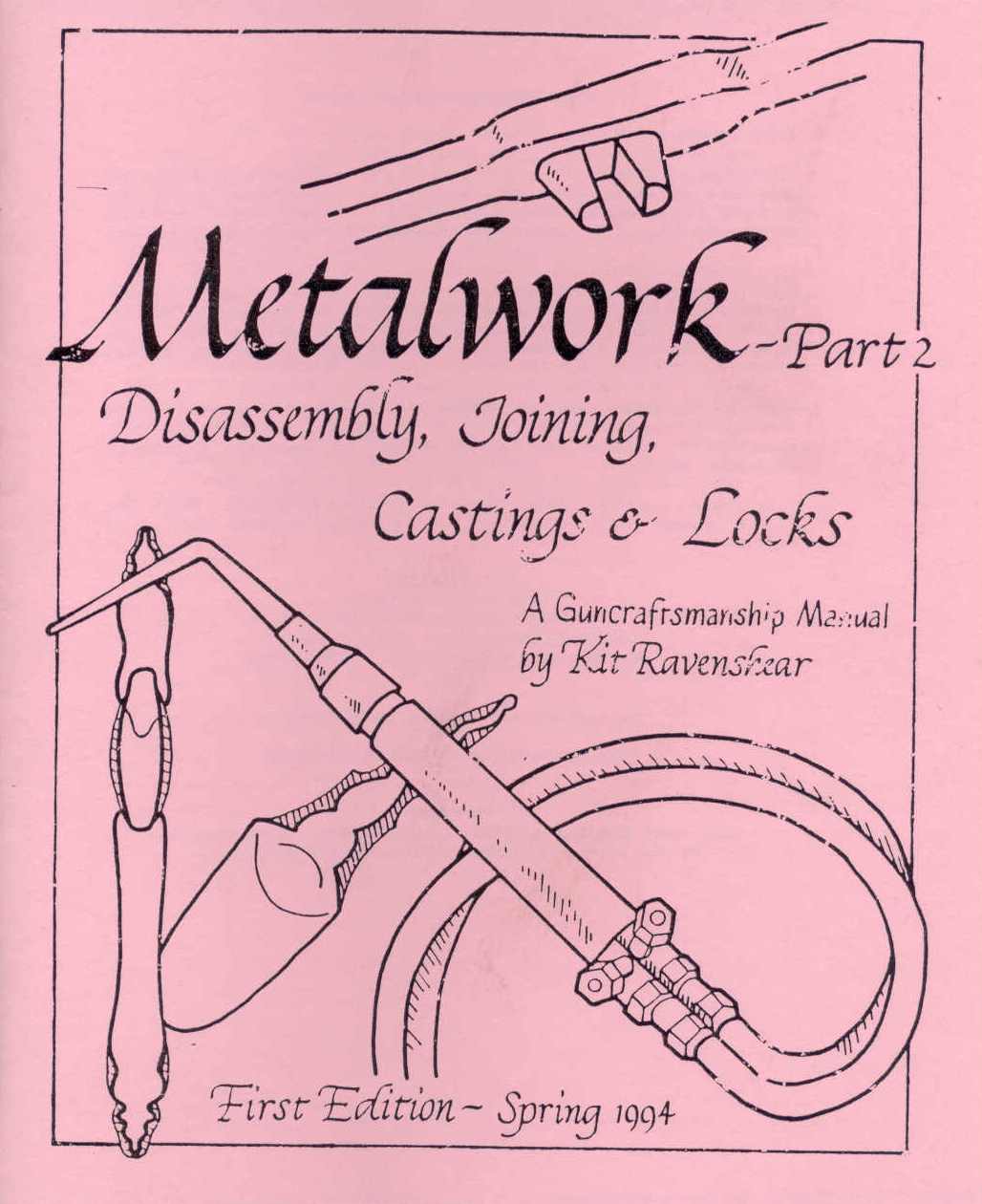
This Manual deals with cleaning and disassembly of old guns, including such “simple” procedures of removing old rusted screws. Kit delves into hard soldering, brazing and welding. Such is Kit’s expertise, that he mentions that his system of brazing has been used for over 200 years. This Manual also deals with castings using the lost-wax method and using castings which have been DIRECTLY copied from original parts, giving the gun an authentic look. Finally, this Manual deals with flint and percussion locks for guns.
-
Tubes & Tools - 28 pages
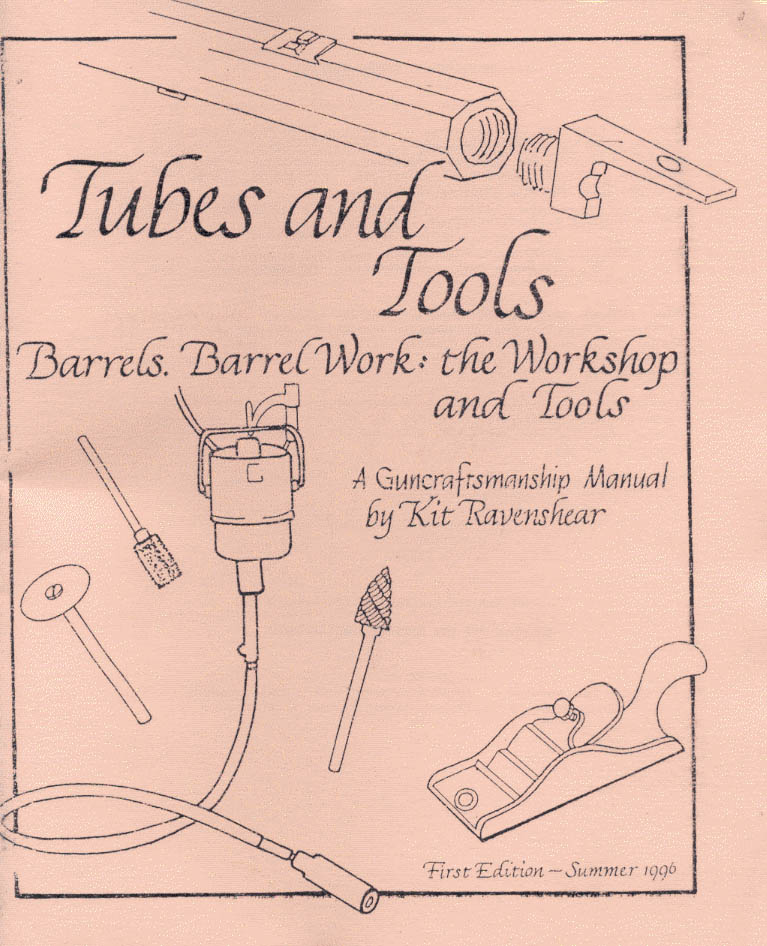
This manual, as the name suggests, deals with gun barrels. The instructions range from preparing the barrel to fitting the loops, lugs or staples to attaching under-ribs and fitting the gun sights. There is information about barrel straightening and lengthening. There is a discussion about bores, rifled and smooth. Finally, Kit speaks about electric power equipment, heating, torches and forging and hand tools. The final craftsman’s manual before KIT BITS.
-
Kit Bits - 30 pages
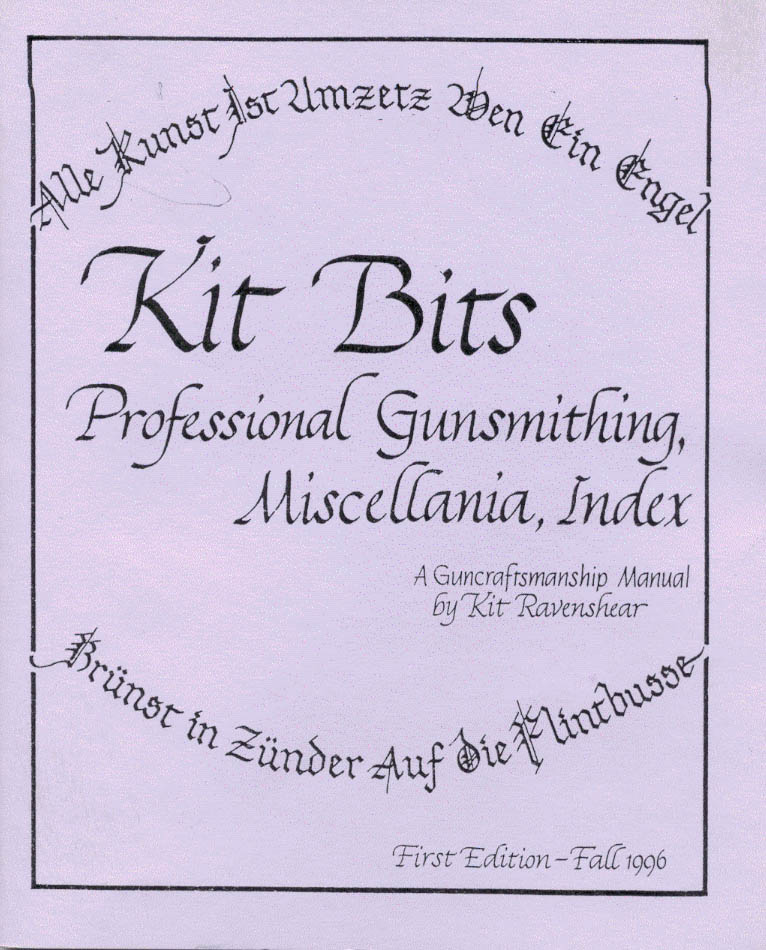
Certainly the most fun of all Kit’s booklets on Gunsmithing, the reader will get insights into the personality and the sense of humor of one of the gun maker’s trade most talented craftsmen. Packed with personal information on the trade and “miscellania”, KIT BITS even has a humorous recipe for Gunmaker’s Chowder. This manual contains an index of all 9 of the Handbooks.
Reference Books
-
English Commercial Guns - 24 pages
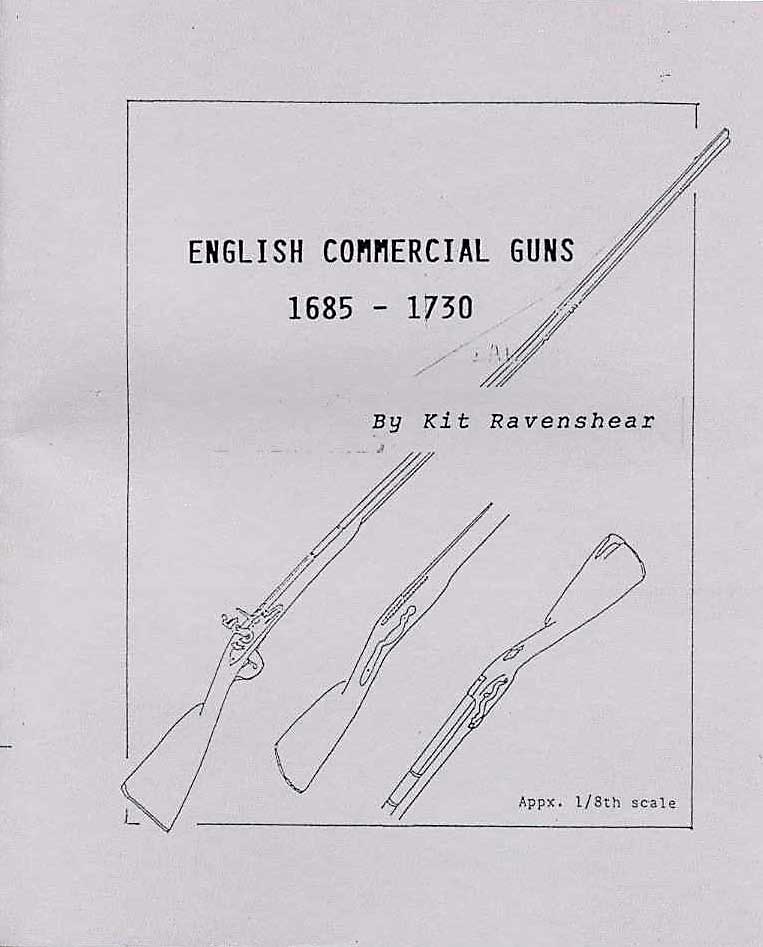
In this reference manual, Kit explores the origins of guns used in the colonies that were shipped from England by entrepreneurs, rather than those supplied by the Board of Ordinance. These weapons were furnished to the colonies in the late 1600s to the early 1700s by wholesale gun makers for commercial purposes.
-
The Ketlands - 26 pages
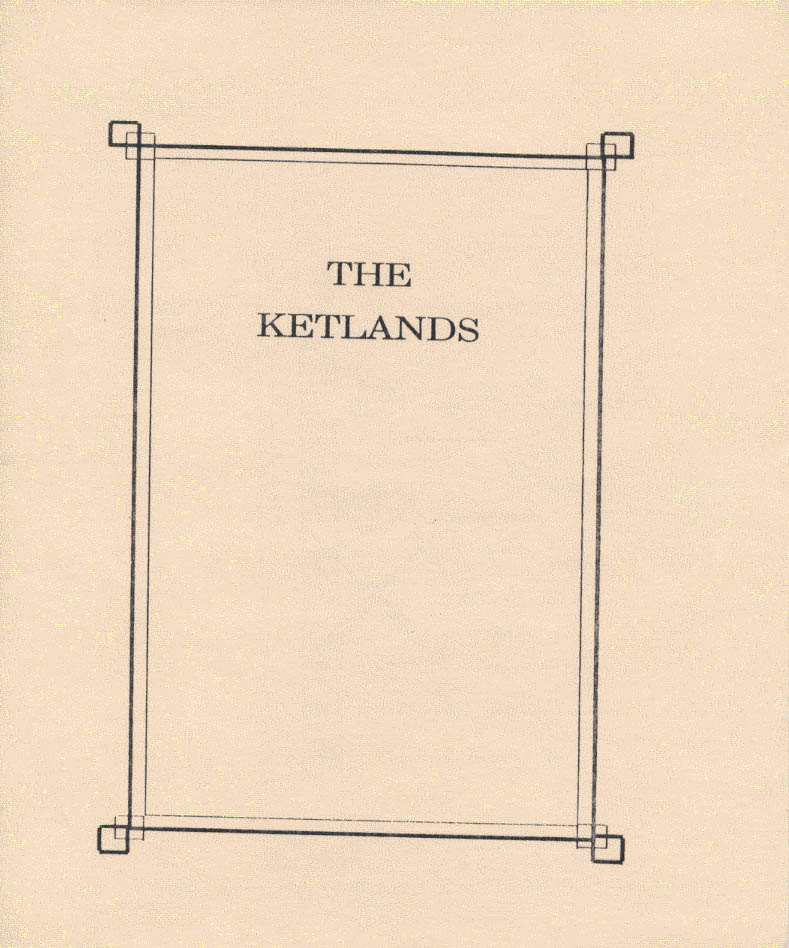
In this wonderful historical booklet, Kit relates the story of a most prolific gun making dynasty who lived and worked in the gun trade in Birmingham, England between 1730 and 1840. Collectors and students of Flintlocks may be familiar with the Ketland name, but Kit’s biography, replete with beautiful color illustrations of their guns, really brings the family’s work to life. To give a comparison of the Ketland’s charges for their weaponry, Kit even demonstrates the economy of the times.